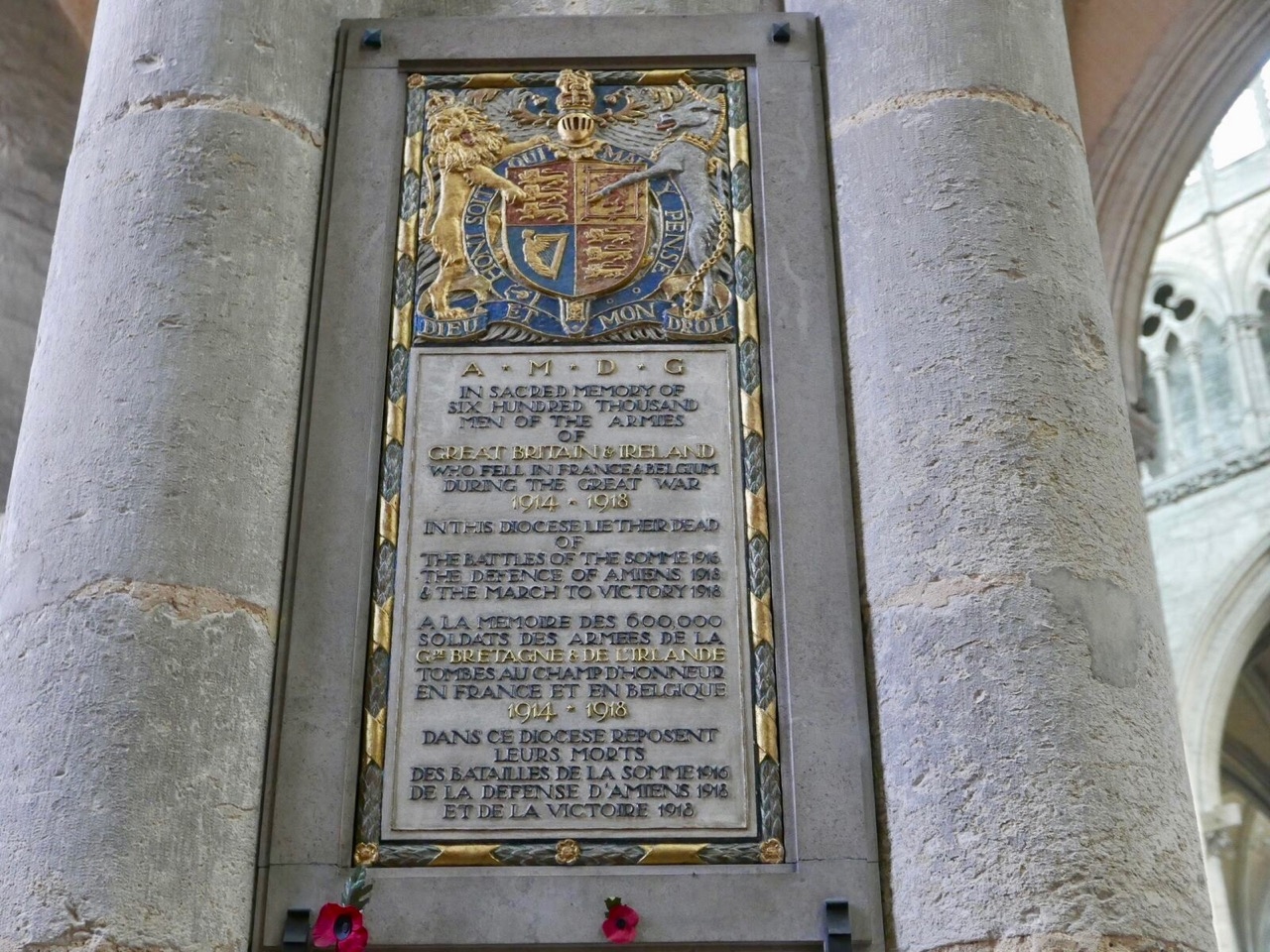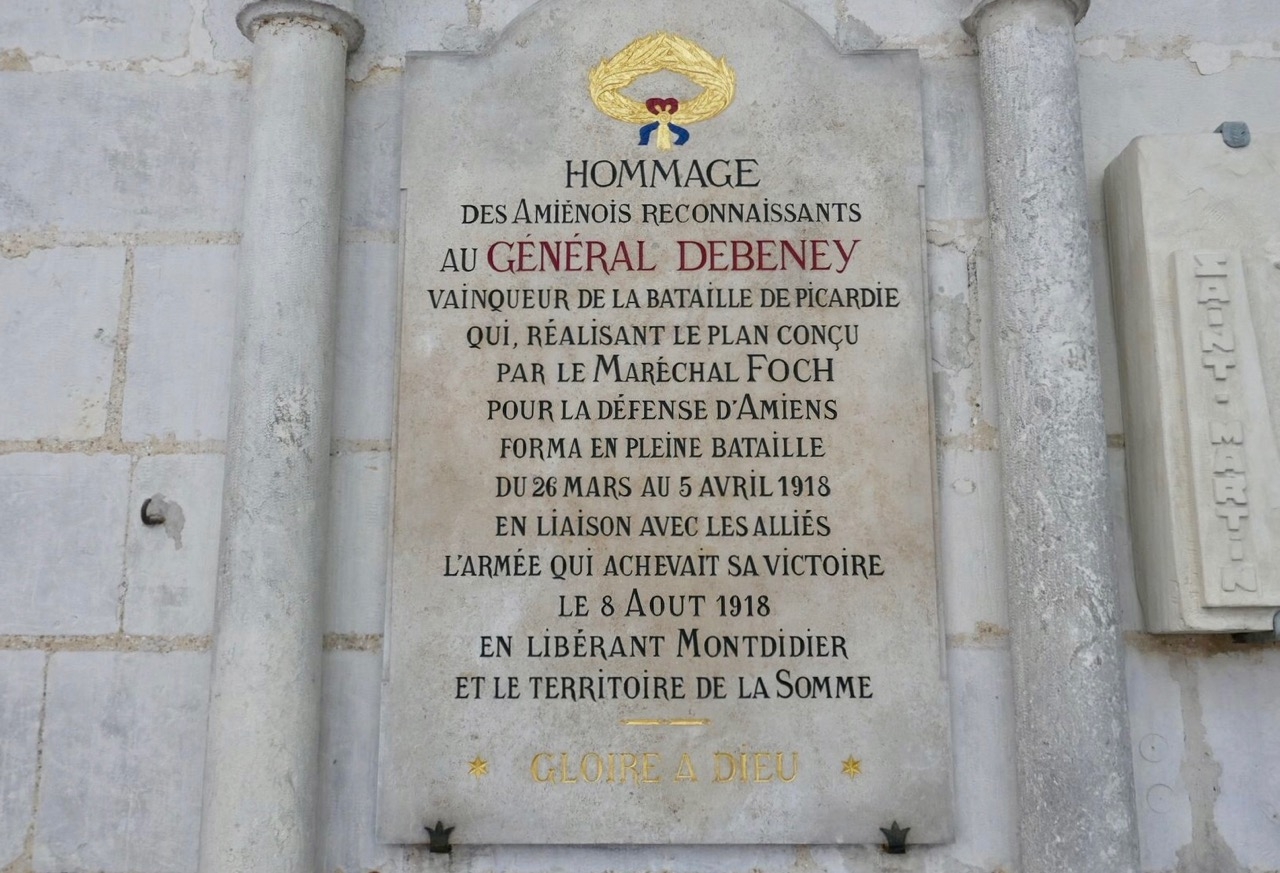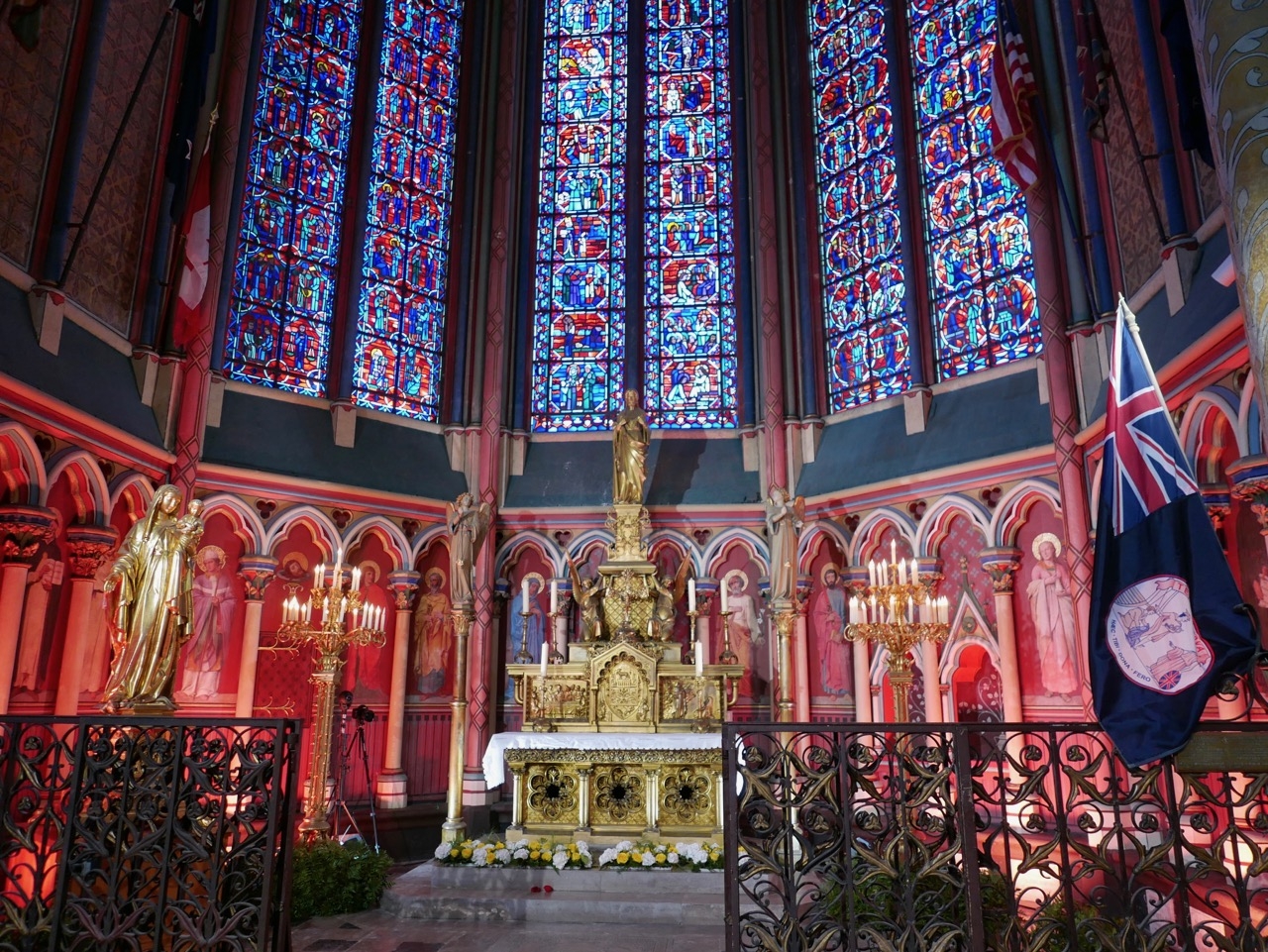At this week’s centenary commemorations, the Duke of Cambridge paid tribute to Allied cooperation delivering the success of the Battle of Amiens in August 1918. Reporting from Amiens, CN Editor Peter Alhadeff.
More than 3,000 people gathered at Amiens Cathedral in France on August 8 to mark the 100th anniversary of the battle in 1918 that’s seen as the beginning of the end of the First World War.
Guests were joined by the Duke of Cambridge and the British Prime Minister, Theresa May, for a commemorative service hosted by the UK Government, in partnership with Australia, Canada, France and the United States.
Germany too was represented by its former President, Joachim Gauck, who was in office at the start of the 2014-2018 Centenary, and members of the German armed forces.
The multinational presence reflected the wartime alliance, paying tribute to all those who fought and died in the Battle of Amiens.
Starting on 8 August 1918, the Allied offensive was the opening salvo in a series of hard-fought campaigns against the German army in France and Flanders that summer and autumn, culminating in the Armistice on November 11.
‘Rightful place’
100 years on, the Duke of Cambridge highlighted its significance in his foreword to the centenary commemorative programme: “The Battle of Amiens – and the continued fighting which followed during the summer of 1918 – brought the Allies hope and optimism after four long years of bloodshed and stalemate.
“While it is right that we have collectively commemorated many of the significant battles and campaigns of those years, it is important that the success of the Battle of Amiens takes its rightful place in our shared history.”

Memorial to the soldiers of Great Britain and Ireland who died on the Western Front (Photo: Centenary News)
The story of the Great War in Amiens was told in readings from those who served, their commanders and the political leaders of the time. There was music too, from the rousing strains of the US patriotic song Over There (send the word That the Yanks are coming), to classics of the English choral tradition.
With its railway junction, Amiens was of crucial importance to the Allied war effort. In April 1918, General Erich Ludendorff’s attempt to capture it during the German Spring Offensive was beaten off at Villers-Bretonneux on the city’s eastern approaches.
In the summer, after German forces had been forced to retreat from the Marne, Amiens was chosen as the starting point for the sequence of counter-attacks planned by the Allied supreme commander, Marshal Foch, to end the First World War.
Such was the secrecy of the build-up that German troops had little inkling of what was about to befall them. ‘We’re remarkably untarnished, while the enemy, in a blind fury, drives one division after another to their destruction,’ a German soldier wrote on 3 August 1918. ‘Everything will turn out for the best’, he assured his parents in a letter.
When the blow fell five days later, Britain’s Fourth Army advanced up to eight miles (13 kms) in places. Australian and Canadian forces rapidly achieved their objectives in the opening hours. An Australian soldier wrote: ‘By Jove, the war’s coming to an end. We’re getting through’.

France’s First Army, led by General Marie-Eugène Debeney, liberated the town of Montdidier, southeast of Amiens (Photo: Centenary News)
Field Marshal Hindenburg, German commander-in-chief, wrote afterwards that he had ‘no illusions’ about the turn of events. ‘The failure of August 8th was revealed to all eyes as the consequences of an open weakness’.
British Prime Minister David Lloyd George also picked up on the significance of this moment. A century later, Theresa May read a passage from his War Memoirs: ‘It revealed to friend and foe alike the breakdown of the German power of resistance’.
For France, the Hundred Days leading from the Battle of Amiens to the Armistice in November represented liberation.
British Empire and Allied forces suffered 22,000 casualties (wounded, killed, or captured) in the fighting from August 8-11. US forces lost more than 1,400 casualties. French losses between August 6-15 totalled more than 24,000. German losses are put at 75,000, of whom 30,000 were prisoners.
Central to the centenary service was a poignant act of remembrance honouring all those who fell. The National Youth Choir of Great Britain sang The Day Thou Gavest Lord is ended, while two trumpeters ascended the ornate pulpit of Amiens Cathedral to perform The Last Post and Sunset.
Joachim Gauck, former President of Germany, read the poem After a Bad Dream 1918 by Gerrit Engelke, a German soldier and writer compared to Wilfred Owen.
 The national flags of six Allied nations hang in the Chapel of the Allies, which was opened in November 1920 (Photo: Centenary News)
The national flags of six Allied nations hang in the Chapel of the Allies, which was opened in November 1920 (Photo: Centenary News)
The commemorations closed with a ‘reaffirmation of friendship’. The Duke of Cambridge and government representatives joined in laying floral tributes in the cathedral’s Chapel of the Allies as a symbol of friendship between the Allied nations, Germany and the city of Amiens.
As the Duke had commented in his opening address: “Amiens was symbolic of the Entente Cordiale, the co-operation without which victory was impossible. It is entirely fitting therefore, that today, that same international coalition has returned to Amiens with our former enemy, in peace and partnership.”
Reporting from Amiens by CN Editor
Images: Centenary News
